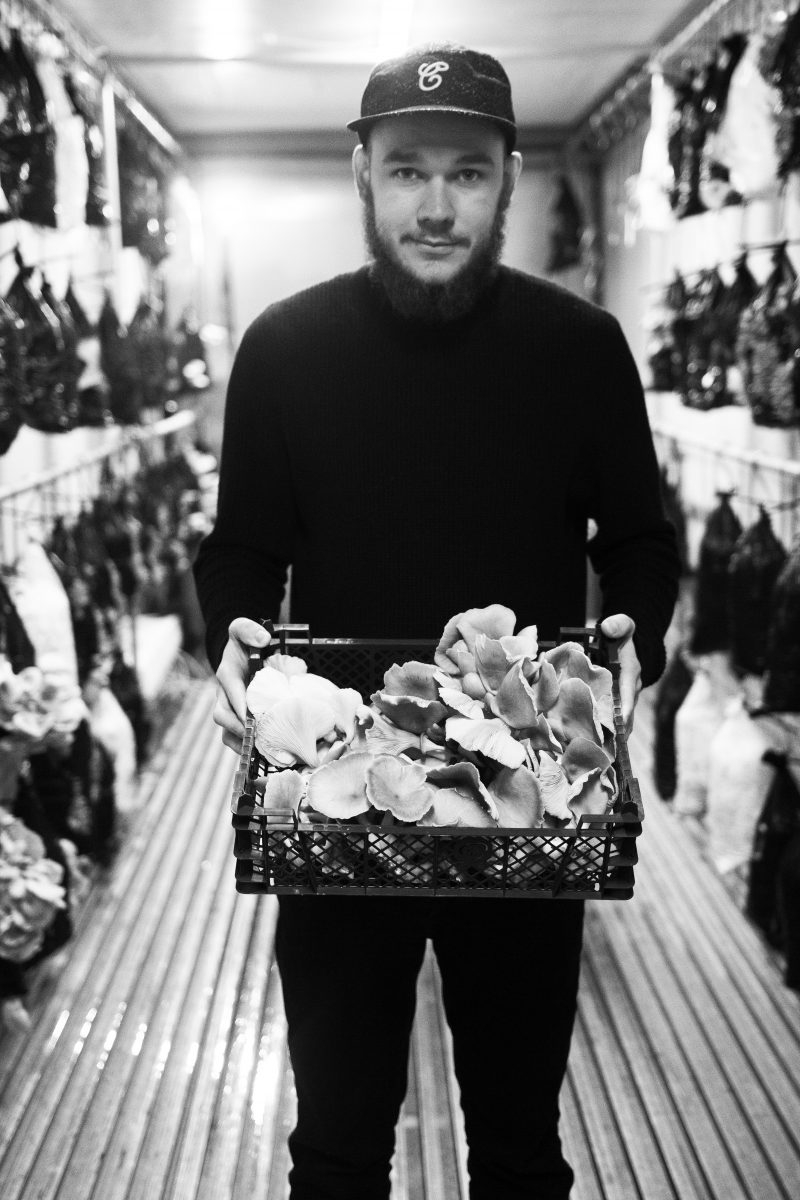Danish design and sustainability
A chair made of seaweed, built-in solar cells in windows, and a bicycle made of bamboo. A visit to Design Museum Danmark in Copenhagen reveals that Danish design and sustainability are two closely-linked concepts. Awareness of material and aesthetic sustainability are keywords in talk about Danish design today, says the museum’s Lars Dybdahl. “It is about changing the attitude towards consumption, for people to buy fewer new things. To do that you need optimal design. Consumers demand sustainable products,” says Dybdahl, who is convinced it is Denmark’s long-standing tradition for sustainability that has ensured its leading role in sustainable design.
Working bees improving city life
Busy honeybees help keep the city green, but they need humans to survive. That is why Bybi (meaning City Bee) has 25 honey-producing bee farms placed on rooftops around Copenhagen. For the founder, Oliver Maxwell, Bybi is a way to create an industry that is good for the environment as well as for the society. “The bees help connect the city with nature and I think that is impor- tant,” Maxwell says. “The way I see it, climate change is the biggest challenge we are facing as humans right now. We need to change how we organise work, production and consumption.” At Bybi, refugees and the homeless are hired to take care of the bees. All of the honey they collect is sold to stores or as raw material for making beer, candy and ice cream.
Mushrooms from coffee
Bringing agriculture to cities is trending and Denmark is part of it. Urban garden- ing or urban farming means making the most out of small spaces and very few resources. “I love that we can produce food in the city without taking up a lot of space,” says Ebbe Korsgaard, manager of the small business Beyond Coffee. Together with friends he grows oyster mushrooms in leftover coffee grounds in two containers in the middle of Copenhagen. “The idea is to reuse waste in a sus- tainable production and we can transport everything on our bikes and sell the mush- rooms to restaurants,” Korsgaard says, adding that only 0.2% of the nutrients are used when making coffee. The remaining 99.8% (the coffee grounds) is usually just thrown away. Beyond Coffee collects 1000 kilos of coffee grounds and produces 200 kilos of mushrooms every month. 
A unique word is key to Danish mentality
According to linguistic anthropologists, the Danish word hygge is a cultural word closely linked to Danish social values. It does not easily translate, yet is applied by native Danish speakers to more or less everything that gives them a “feel good” factor. “Conviviality” or “pleasant togetherness” are two, not quite adequate, descriptors. A quiet winter evening at home is all about hygge. Indeed, any friendly or pleasant atmosphere, even at work, can be hygge. Achieving a state of hygge is a goal in itself (not necessarily always supported by the boss). “Come along, even if it’s only for the hygge,” say friends to those reluctant to join in. Hygge is not always conducive to getting the job done. When the Danish national football team quali ed for the World Cup for the rst time in 1986, the coach, German Sepp Piontek, famously said later that too much hygge among the players was one of the greatest ob- stacles to making the team professional and successful. •_
TEXT Eskil Meinhardt Hansen, PHOTO Franz Henriksen & René Georg Johansen_